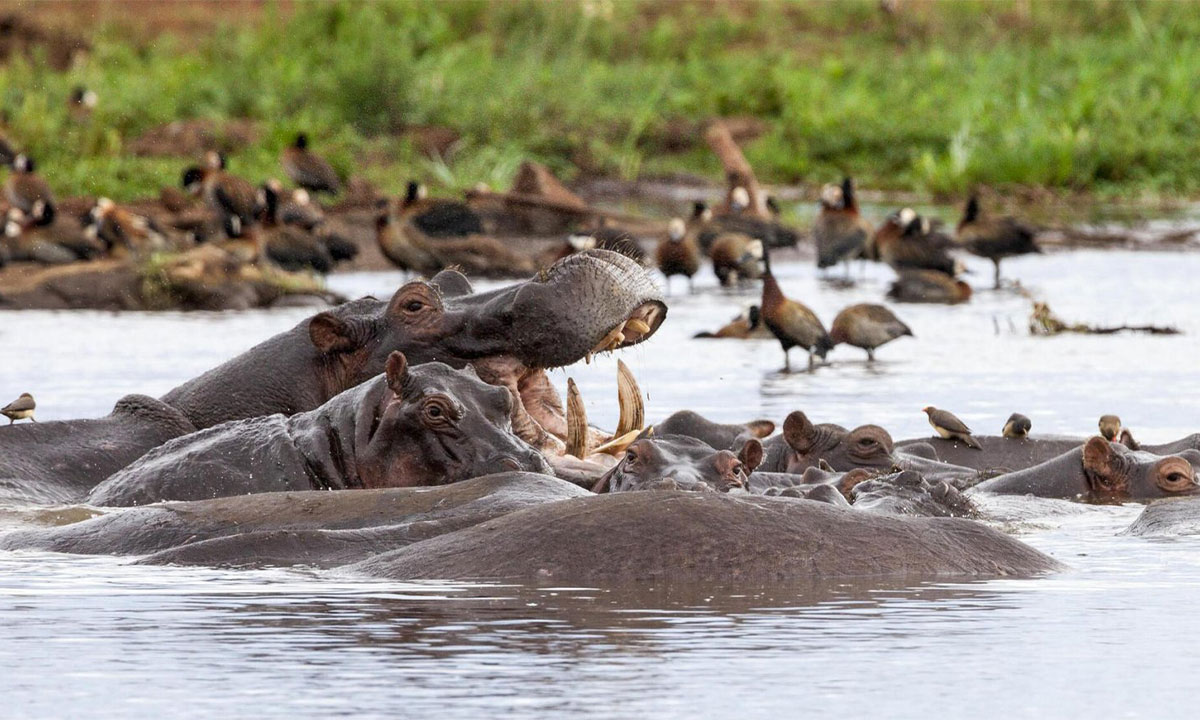
- +255 757 069 609
- info@wetuafricaadventures.com
- Moshi, Tanzania
Lake Manyara National Park, situated in northern Tanzania at the base of the Rift Valley escarpment, is a compact yet diverse wildlife haven renowned for its scenic beauty and rich biodiversity. Covering approximately 330 square kilometers, the park is famous for its alkaline lake, expansive woodlands, and diverse ecosystems that support a remarkable variety of wildlife and birdlife.
One of Lake Manyara’s distinctive features is its namesake lake, which expands and contracts with seasonal rainfall, attracting large flocks of flamingos and other water birds. The park’s lush groundwater forest is another highlight, home to troops of olive baboons and blue monkeys swinging through the canopy, alongside elephants and giraffes grazing below. Visitors can also expect to encounter tree-climbing lions, a unique behavior observed in certain prides within the park.
Beyond its wildlife, Lake Manyara National Park offers breathtaking landscapes and scenic viewpoints, including the dramatic Rift Valley escarpment that provides stunning panoramic views over the park and beyond. Activities in the park range from game drives to birdwatching, guided walking safaris, and cultural interactions with the local Maasai communities, offering a well-rounded safari experience for visitors of all interests.
Accessible from Arusha and other nearby towns, Lake Manyara National Park is an ideal destination for day trips or as part of a larger safari itinerary in northern Tanzania. Whether exploring the park’s diverse habitats, observing its abundant wildlife, or simply enjoying its serene natural beauty, Lake Manyara promises an enriching and memorable safari experience in the heart of East Africa.

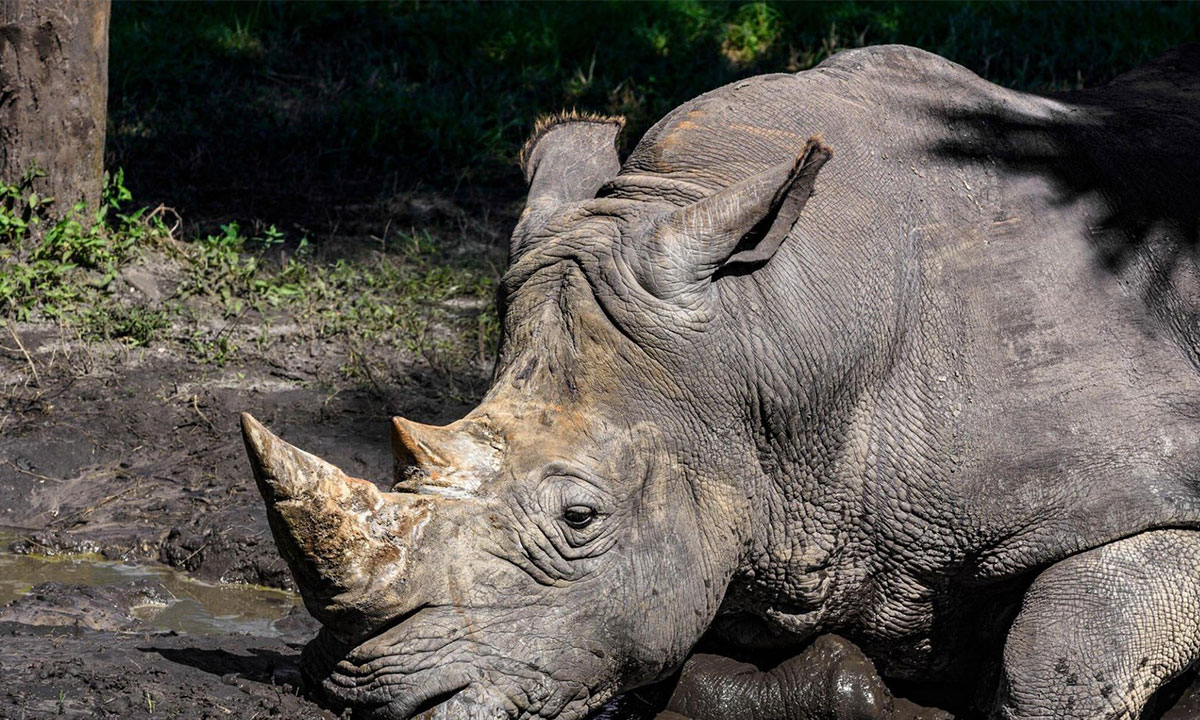
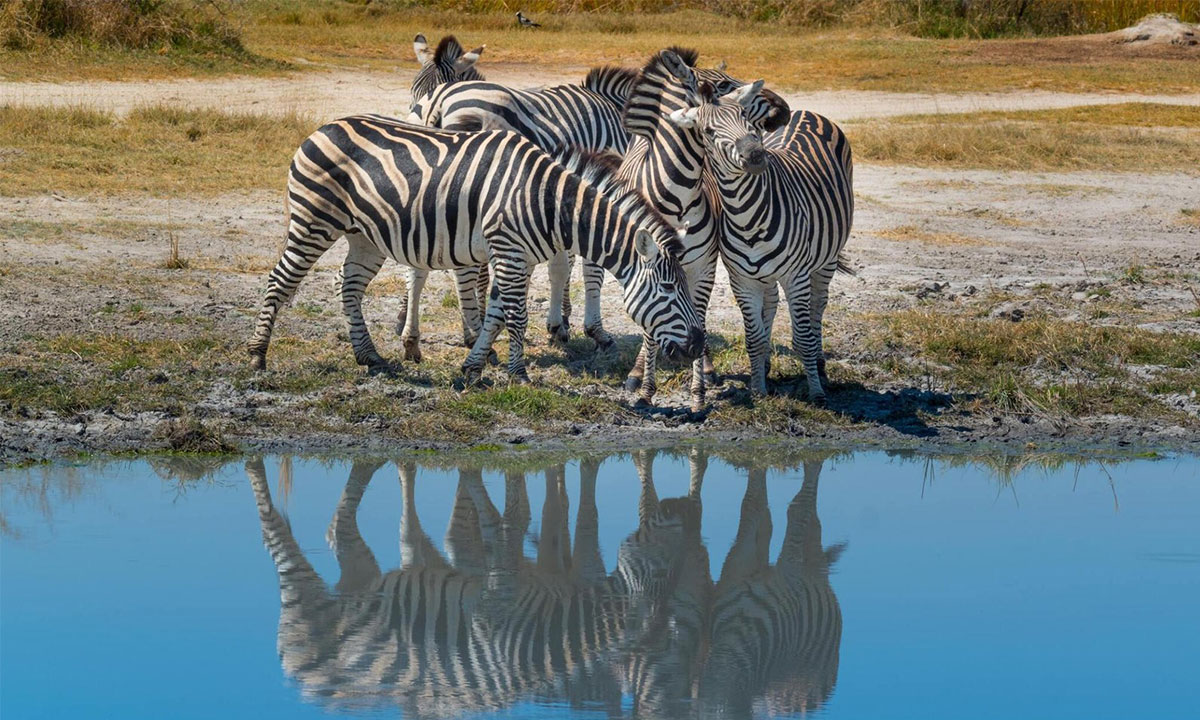
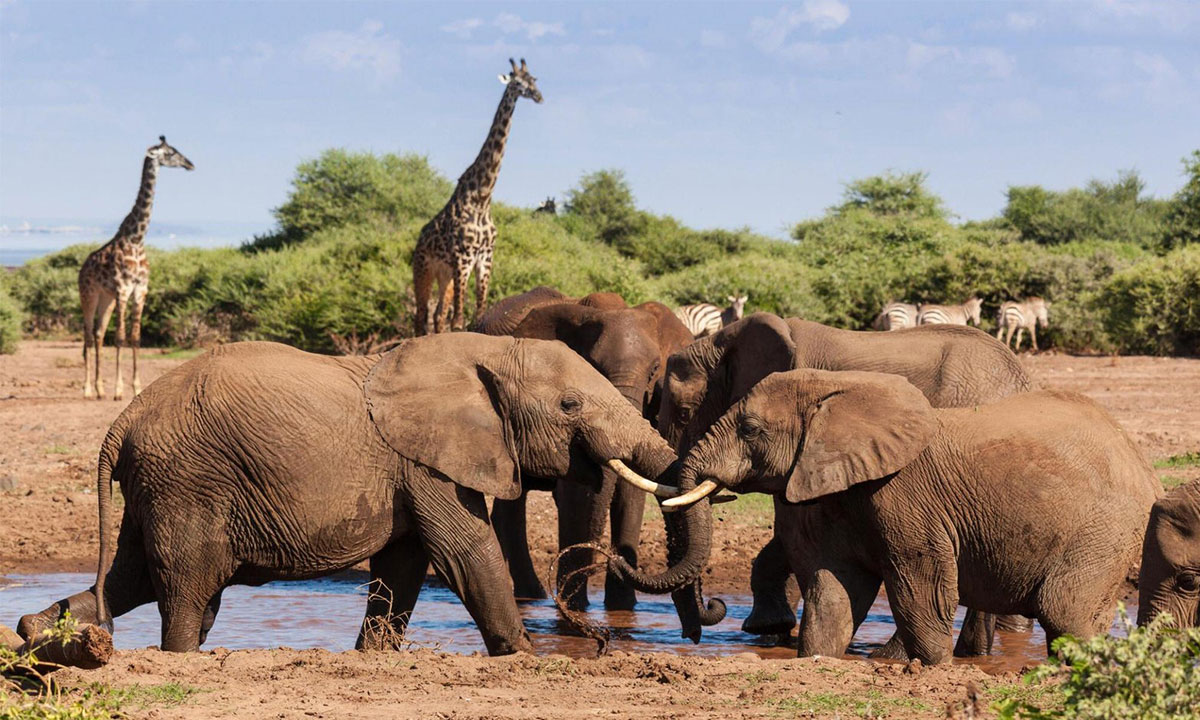
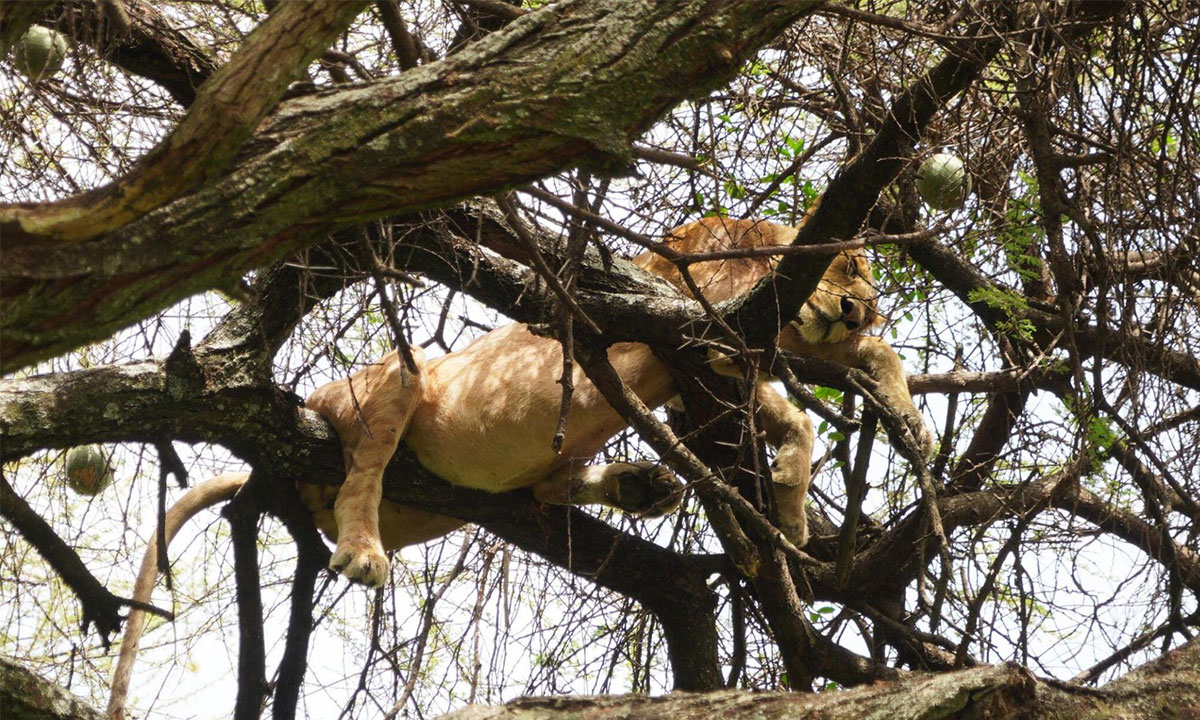
Where is Lake Manyara National Park located? Lake Manyara National Park is located in northern Tanzania, at the base of the Rift Valley escarpment. It is approximately 126 kilometers southwest of Arusha and is easily accessible by road.
What is Lake Manyara National Park known for? Lake Manyara National Park is renowned for its scenic beauty, diverse ecosystems, and rich biodiversity. It is famous for its alkaline lake, expansive groundwater forest, tree-climbing lions, and abundant birdlife, including large flocks of flamingos.
What wildlife can I see in Lake Manyara National Park? The park is home to a variety of wildlife, including elephants, giraffes, zebras, wildebeests, buffaloes, and hippos. Tree-climbing lions are a unique attraction in the park, known for their behavior of lounging in acacia trees. The park is also a birdwatcher’s paradise with over 400 bird species recorded.
Can I visit Lake Manyara National Park on a day trip from Arusha? Yes, day trips to Lake Manyara National Park are possible from Arusha, which is approximately a 2-3 hour drive away. Many tour operators offer guided day tours that include game drives in the park, allowing visitors to experience its wildlife and landscapes within a single day.
Are there accommodation options in Lake Manyara National Park? Yes, there are several accommodation options available within and around Lake Manyara National Park, ranging from luxury lodges and tented camps to more budget-friendly campsites. Staying within the park allows visitors to experience its wildlife and natural beauty up close.
What activities can I do in Lake Manyara National Park? Visitors to Lake Manyara can enjoy a variety of activities, including game drives to observe wildlife such as elephants, giraffes, and lions. Birdwatching is also popular, especially around the lake where large flocks of flamingos gather. Guided walking safaris and cultural visits to nearby Maasai communities are also available.
Is Lake Manyara National Park safe to visit? Yes, Lake Manyara National Park is safe for tourists to visit. However, visitors are advised to follow park regulations and guidelines provided by their guides to ensure their safety and to respect the park’s wildlife and environment.
What should I pack for a visit to Lake Manyara National Park? Visitors to Lake Manyara should pack lightweight and breathable clothing suitable for both warm days and cool evenings. Essential items include comfortable walking shoes, a wide-brimmed hat, sunscreen, insect repellent, binoculars for wildlife viewing, and a camera with extra batteries and memory cards.
When is the best time to visit Lake Manyara National Park? The best time to visit Lake Manyara National Park is during the dry season, from June to October, when wildlife congregates around water sources such as the lake and game viewing is at its peak. However, the park can be visited year-round, each season offering unique experiences.
Can I see flamingos in Lake Manyara National Park? Yes, Lake Manyara National Park is home to large flocks of flamingos, particularly during the dry season when the alkaline lake attracts these iconic birds. Visitors can observe flamingos feeding in the shallow waters of the lake, creating a stunning visual spectacle against the backdrop of the Rift Valley escarpment.




© Wetu Africa Adventures 2025 | All Rights Reserved